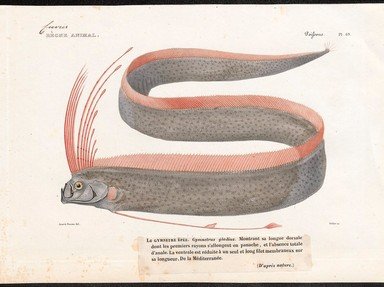
The Oarfish: Harbinger of Doom or Harmless? Quiz
Many animals are said to act in strange ways before natural disasters. Is the oarfish one of them? While much information about this odd fellow remains to be discovered, there are still some facts to uncover. Let's see!
by ponycargirl.
Estimated time: 4 mins.
- Home
- »
- Quizzes
- »
- Animal Trivia
- »
- Fish